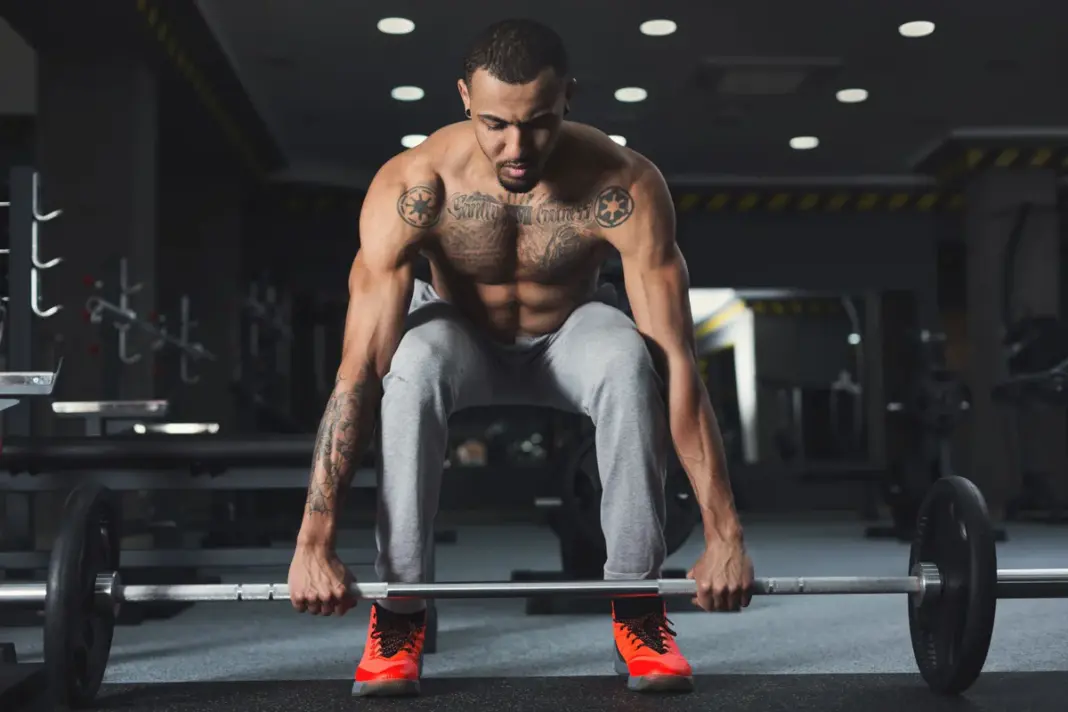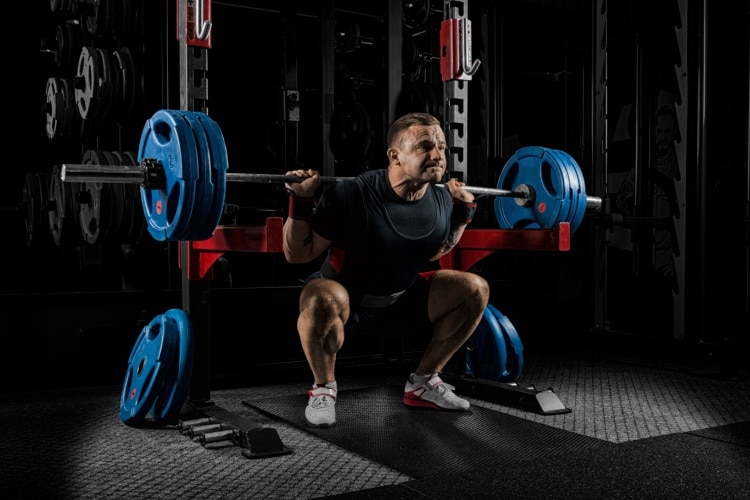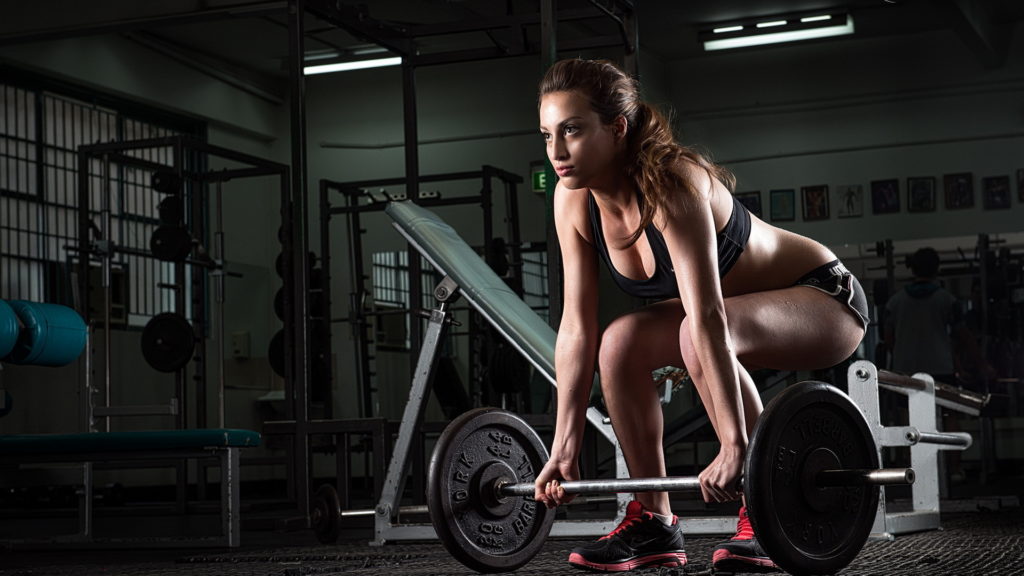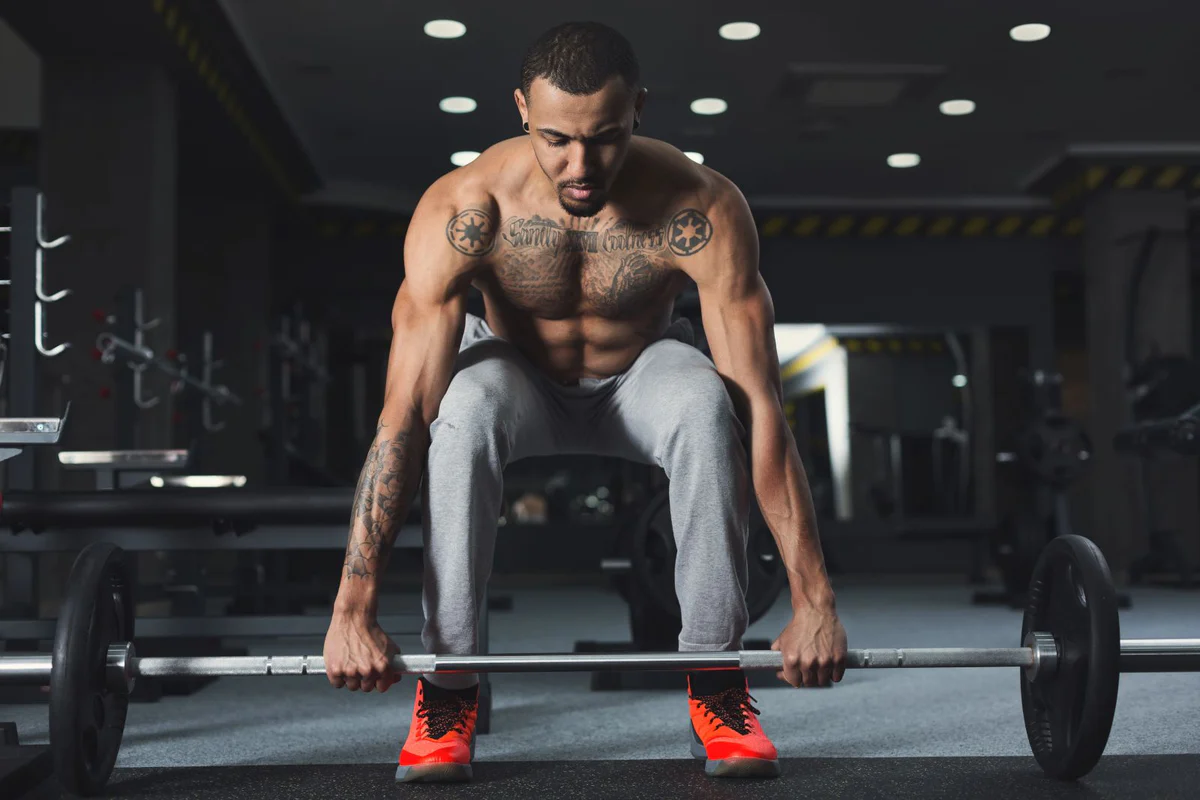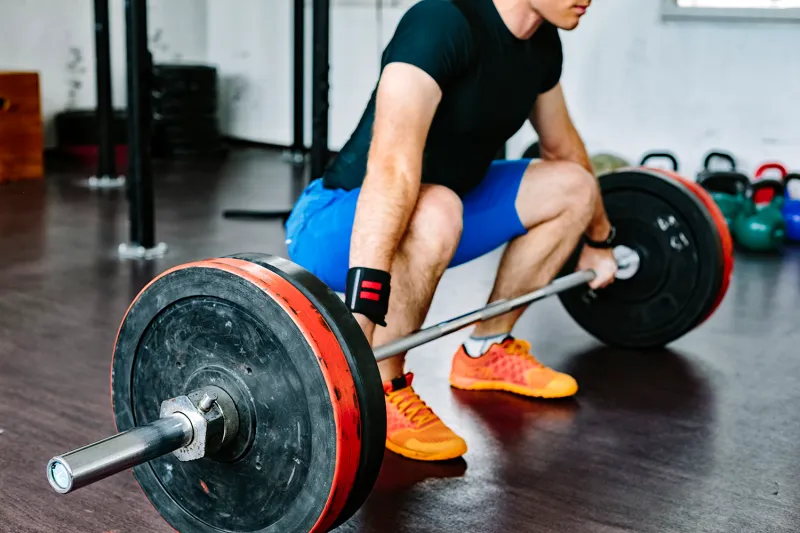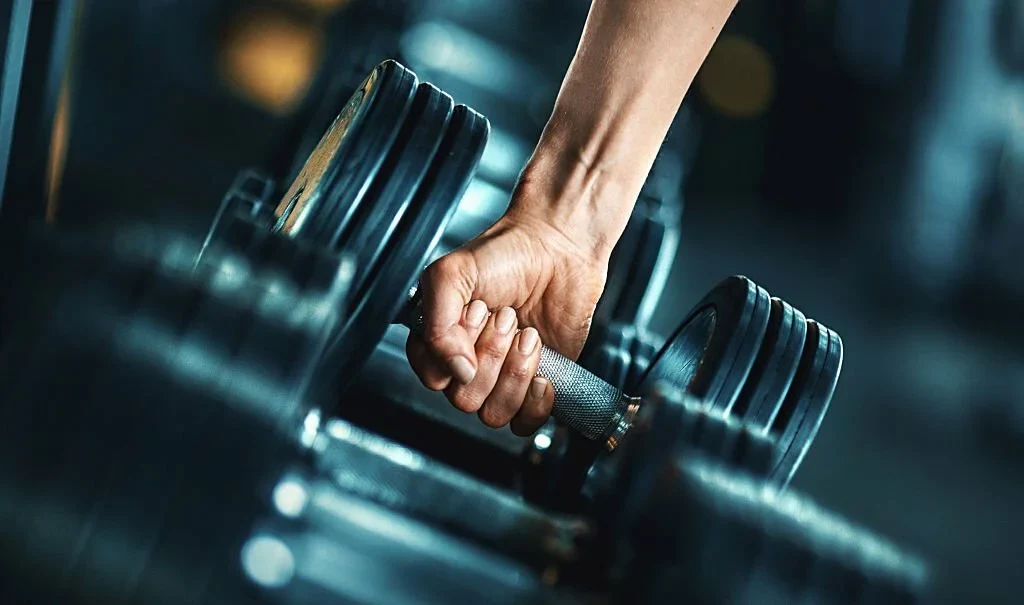Back Workouts to Pair with Lower Body Splits: Build Your Posterior Like a Pro
When it comes to designing a smart and effective bodybuilding split, there’s one area most lifters overlook—pairing back training with leg days.
Too often, the focus is on isolating body parts without considering how to maximize synergy between different muscle groups.
But if you’re serious about building a complete, dominant physique, it’s time to rethink how your back workouts align with your lower body training.
As a bodybuilder who’s chased symmetry, power, and density for years, I can tell you this: properly programming back work alongside your lower body splits is a game-changer.
This guide breaks down why it works, how to implement it, and which exercises deliver results. Whether you’re a beginner or advanced, this article will give you a clear roadmap.
Why Pair Back Training with Leg Work?
At first glance, back and legs might seem like an odd couple. After all, both are large muscle groups, both require heavy loads, and both leave you sore for days. But here’s why they can (and should) be paired strategically:
✅ Synergistic Movement Patterns
Deadlifts, RDLs, and good mornings—classic posterior chain movements—recruit hamstrings, glutes, spinal erectors, and lats. Training back near or on your leg day takes advantage of these overlapping movement patterns.
✅ Enhanced Recovery and Efficiency
If you group posterior chain-focused sessions, you allow other days to be true recovery windows or used for push-focused sessions (chest, shoulders, quads). This leads to better CNS management, less overtraining, and smarter weekly volume distribution.
✅ Maximal Hypertrophy Potential
Your back is massive. Your legs are massive. Training them both hard in one week without overlap requires precision. By intentionally pairing them, you ensure balanced growth and better use of your training capacity.
Split Strategy: Back + Lower Body Combo Options
Depending on your experience level and weekly availability, there are a few proven split strategies you can use.
🔹 Option 1: Posterior Chain Split (Intermediate/Advanced)
- Day 1: Posterior Chain (Hamstrings + Back)
- Day 2: Push (Chest, Shoulders, Triceps)
- Day 3: Rest or Active Recovery
- Day 4: Quads + Back Width
- Day 5: Arms + Abs
- Day 6: Full-Body Conditioning (Optional)
- Day 7: Rest
🔹 Option 2: Push/Pull/Legs with Posterior Focus
- Day 1: Pull (Back + Hams)
- Day 2: Push (Chest + Shoulders)
- Day 3: Legs (Quad Dominant)
- Day 4: Rest
- Day 5: Pull (Back Width + Glutes)
- Day 6: Push (Shoulders + Arms)
- Day 7: Rest
🔹 Option 3: Upper/Lower Hybrid
- Day 1: Lower Body (Squat Focused)
- Day 2: Upper Body (Back Emphasis)
- Day 3: Rest
- Day 4: Lower Body (Hinge + Glutes)
- Day 5: Upper Body (Chest + Arms)
- Day 6: Conditioning or Full-Body
- Day 7: Rest
Training Strategy: Match Back Movements to Leg Focus
The key is to align your back exercises with your leg day goals. Here’s how:
🔸 On Hamstring-Dominant Days
Choose back exercises that emphasize spinal erectors, mid-back, and posterior chain tension.
Sample Movements:
- Barbell Rows (Pendlay or Yates style) – Emphasizes mid-back
- Deadlifts / Rack Pulls – Posterior chain overload
- Reverse Hypers or Back Extensions – Targets glutes + lower back
- Chest-Supported Rows – Keeps spine safe after heavy pulls
🔸 On Quad-Dominant Days
Go for back exercises that emphasize lat width, vertical pulling, and scapular control.
Sample Movements:
- Wide-Grip Pull-Ups – Builds upper lat sweep
- Lat Pulldowns (V-bar or wide) – Controlled hypertrophy
- Straight-Arm Lat Pulldown – Isolates lats without stressing spine
- Dumbbell Pullovers – Old-school lat lengthening
Sample Workouts: Back + Lower Body Pairings
Workout A: Hamstring + Mid-Back Density Day
- Romanian Deadlift (Barbell or Dumbbell) – 4 x 8
Focus on full hamstring stretch, spine neutral, controlled eccentric. - Chest-Supported Row (Incline Bench or Machine) – 4 x 10-12
Keep scapulas moving, squeeze mid-back at peak. - Seated Hamstring Curl – 3 x 15
Add a 1-2 second pause in the stretched position. - T-Bar Row (Close Grip) – 3 x 8
Drive elbows behind you for back thickness. - Reverse Hyper or Back Extension – 3 x 15-20
Focus on glute contraction and spinal control.
Finisher: 3 sets of 20 walking lunges + 10 band pull-aparts between sets.
Workout B: Quads + Back Width
- Hack Squat (Heels Elevated) – 4 x 10-12
Deep ROM to hammer vastus lateralis (outer sweep). - Wide-Grip Pull-Ups or Assisted Pull-Ups – 4 x 8-10
Full stretch and slow negatives. - Leg Press (Feet Low and Close) – 4 x 15
Shorten range to keep tension on quads. - Lat Pulldown (Neutral Grip or V-Bar) – 3 x 12
Drive elbows down and keep chest lifted. - Walking Lunges – 3 x 20 steps
Use dumbbells and keep torso upright to bias quads. - Straight-Arm Lat Pulldown – 3 x 15
Burnout for lats without taxing CNS.
Pro Tips: Back and Legs Without Burnout
✅ 1. Use Machines for Isolation
After heavy compounds (squats, deads, rows), transition to machines to keep targeted tension and reduce CNS fatigue.
✅ 2. Vary Grip Angles
Rotate between pronated, neutral, and supinated grips for full back development. For example:
- Supinated rows hit lower lats
- Neutral pulldowns are joint-friendly
- Wide pronated pull-ups increase upper lat width
✅ 3. Mind-Muscle Connection
Back is notoriously hard to “feel.” Use tempo control, isometric holds, and lighter weights early in workouts to build connection.
✅ 4. Minimize Lower Back Overload
Avoid stacking too many spinal-loading moves (e.g., deadlift + barbell row + squat in one day). Alternate with chest-supported, machine, or cable variations.
Conditioning & Recovery Considerations
When pairing back and legs, recovery must be a top priority. These muscles take longer to recover than arms or shoulders, so don’t sabotage your gains with poor programming.
🔄 Recovery Checklist:
- Sleep: 7–9 hours
- Hydration: 1 gallon+ per day
- Nutrition: 10–15% calorie surplus for mass gain
- Supplements: Creatine, BCAAs, collagen (for joint health), fish oil
Intra-workout carbs (like dextrose or cyclic dextrin) can also help keep you fueled through long back + leg sessions.
Key Takeaways for All Lifters
| Level | Strategy |
| Beginner | Use machines and bodyweight rows/pull-ups; train legs/back on separate days |
| Intermediate | Combine posterior chain days; focus on form and recovery |
| Advanced | Use back/leg pairings to create density and detail with compound volume |
Final Words: Build a Posterior Chain That Turns Heads
If your goal is to build a balanced, aesthetic, and powerful physique, then back and legs need just as much attention as chest and arms—if not more.
Strategic pairing of back training with your lower body splits is how serious lifters build serious size.
Train hard, recover harder, and always remember:
Your back and legs are your foundation—not just physically, but in how you’re judged as a lifter. Don’t skip what builds the real mass.

